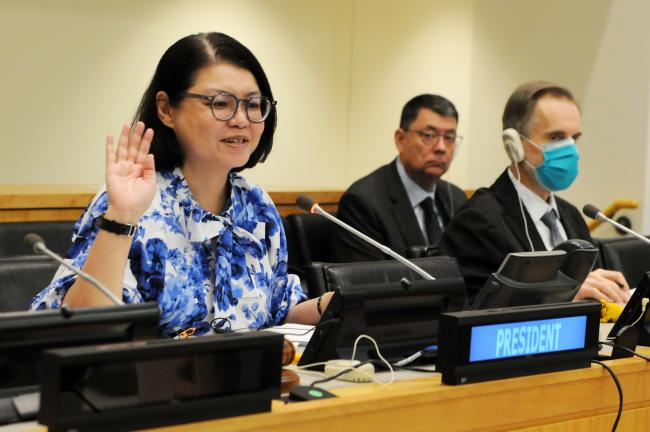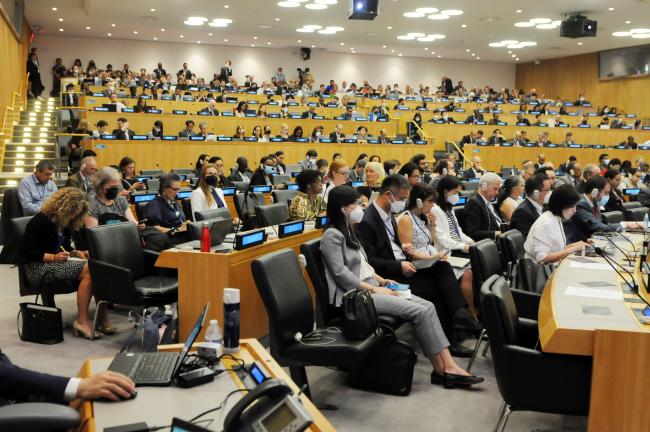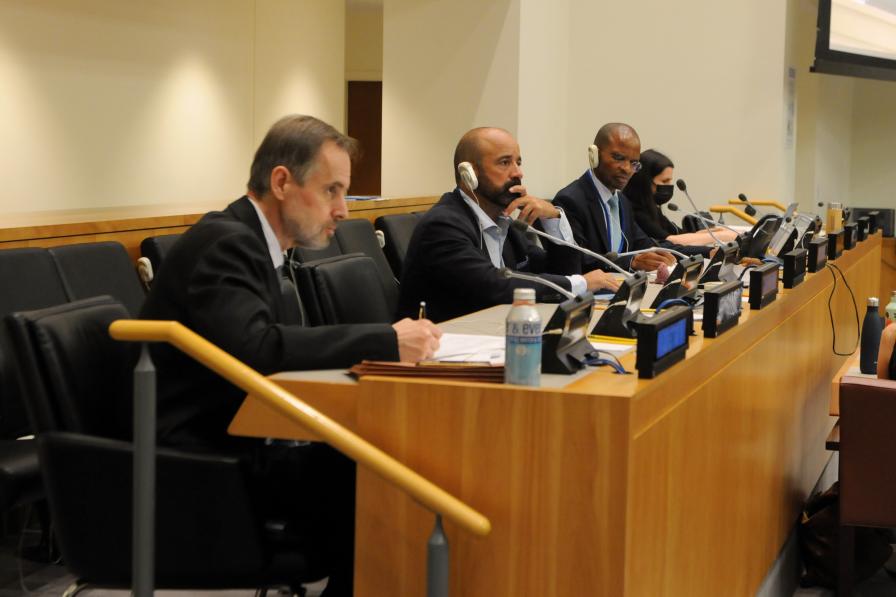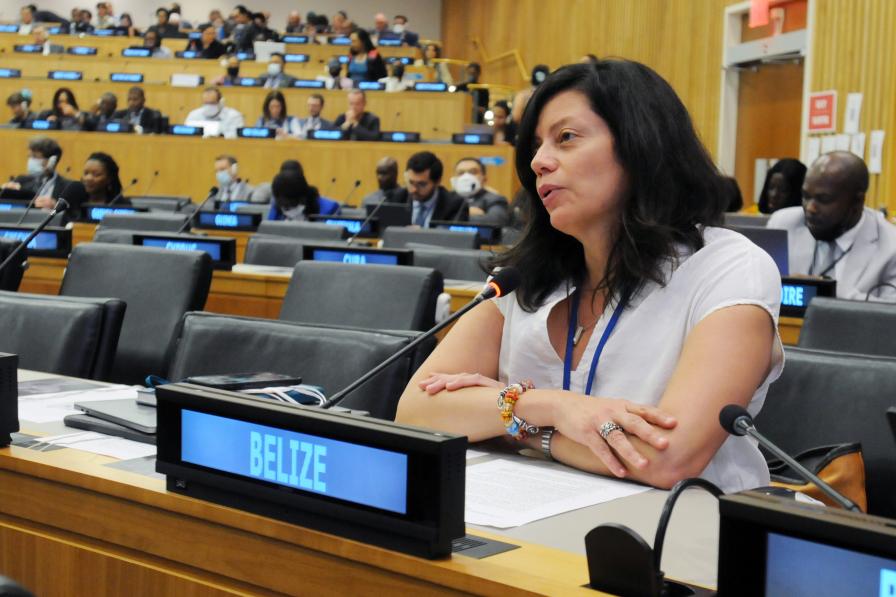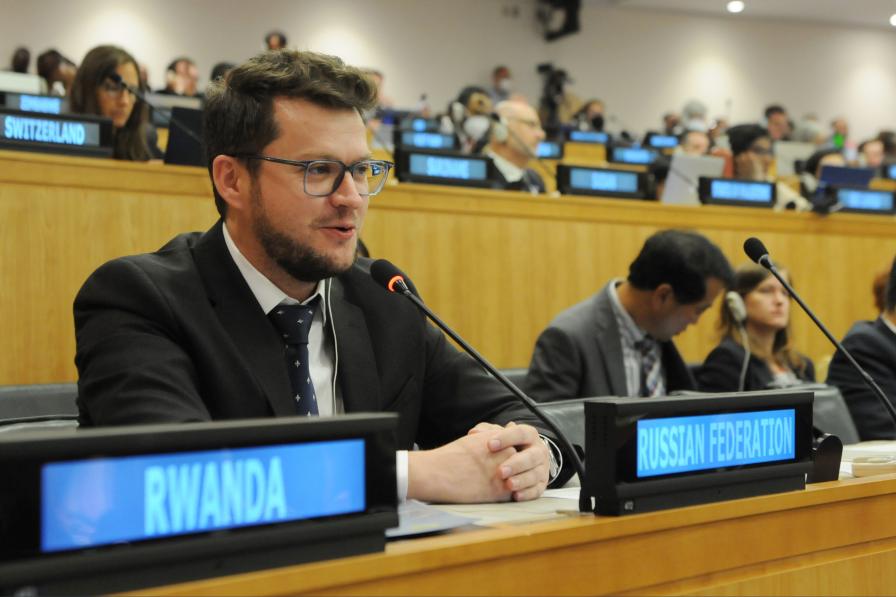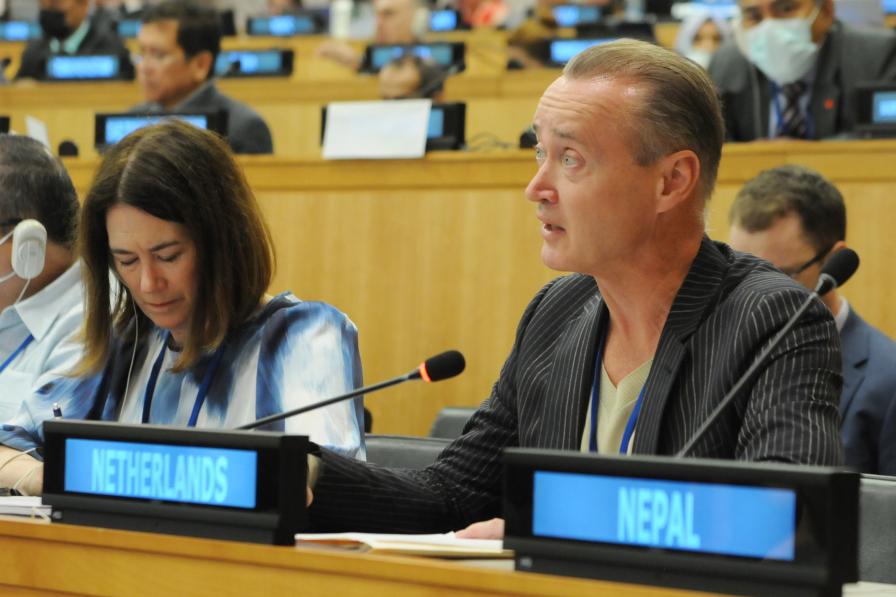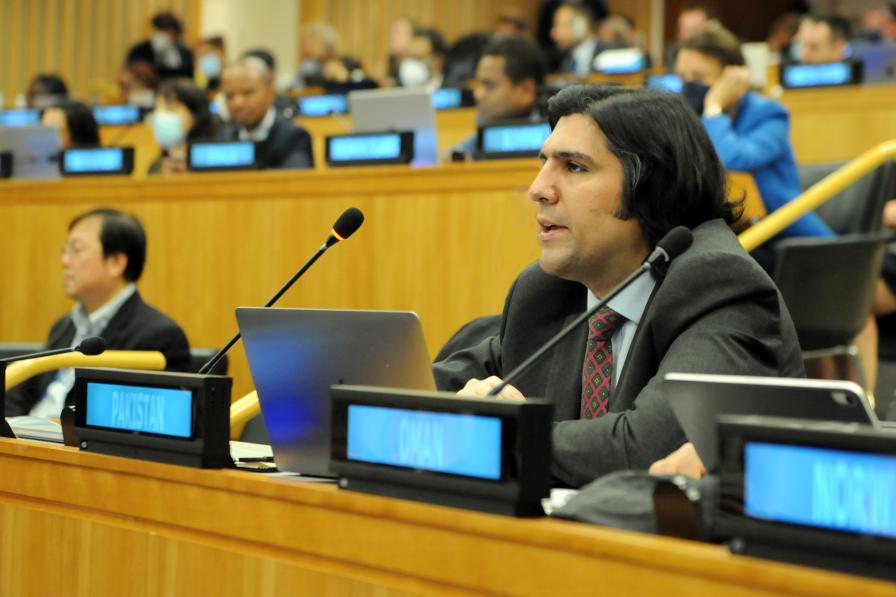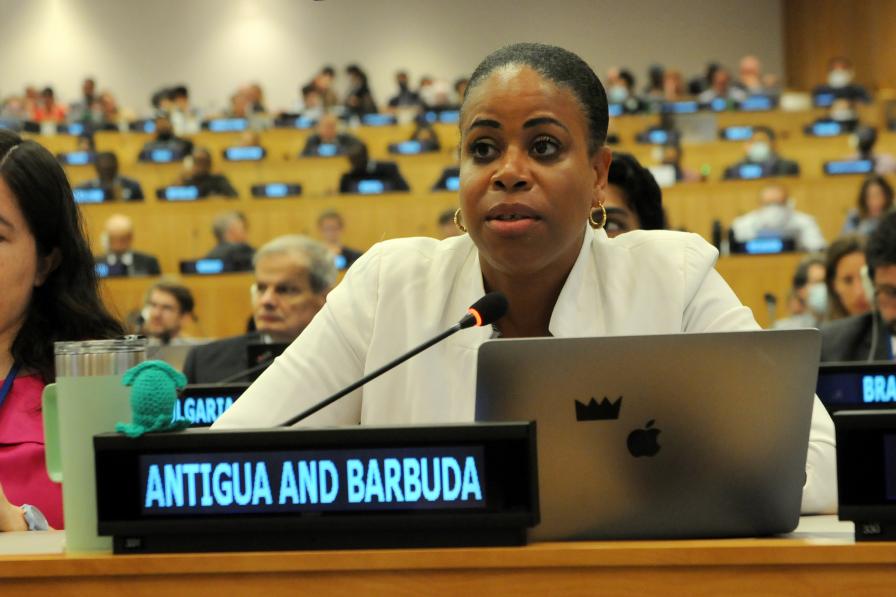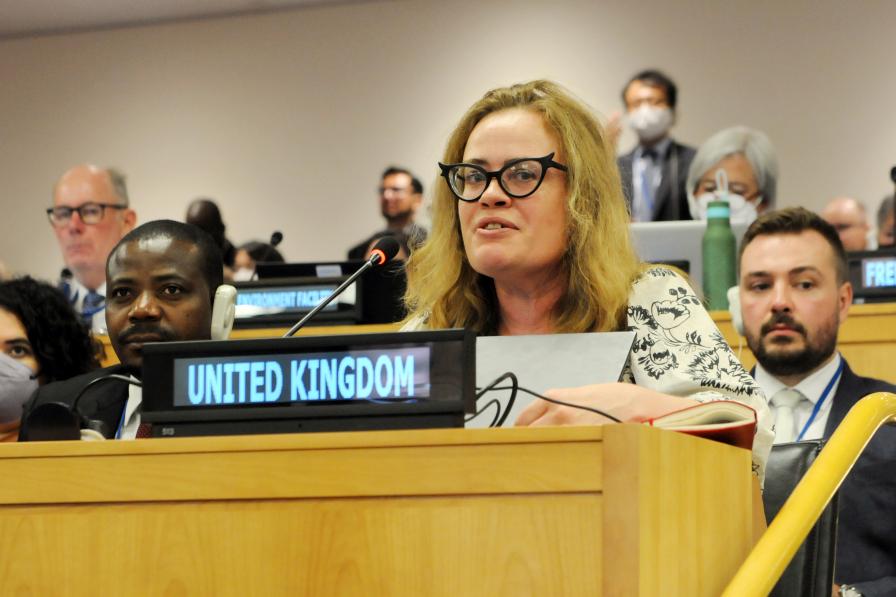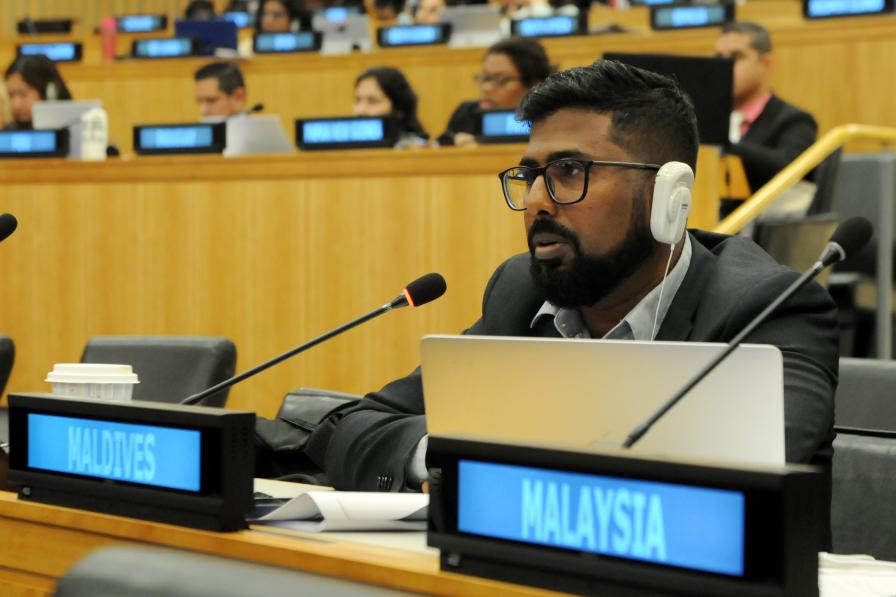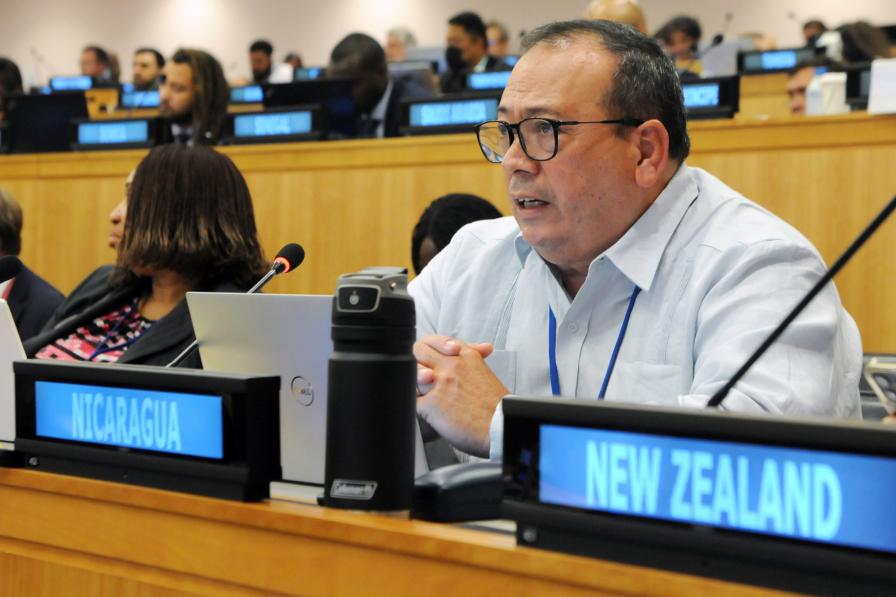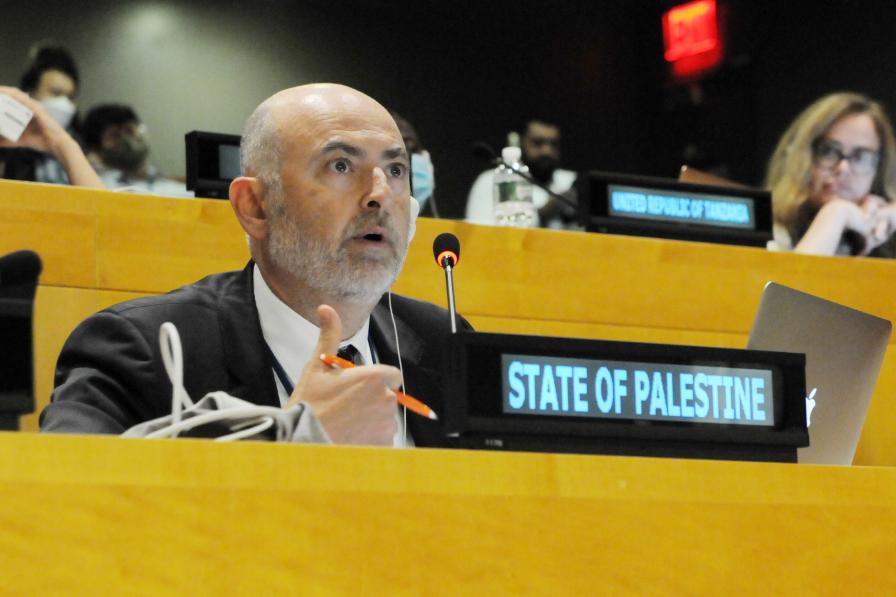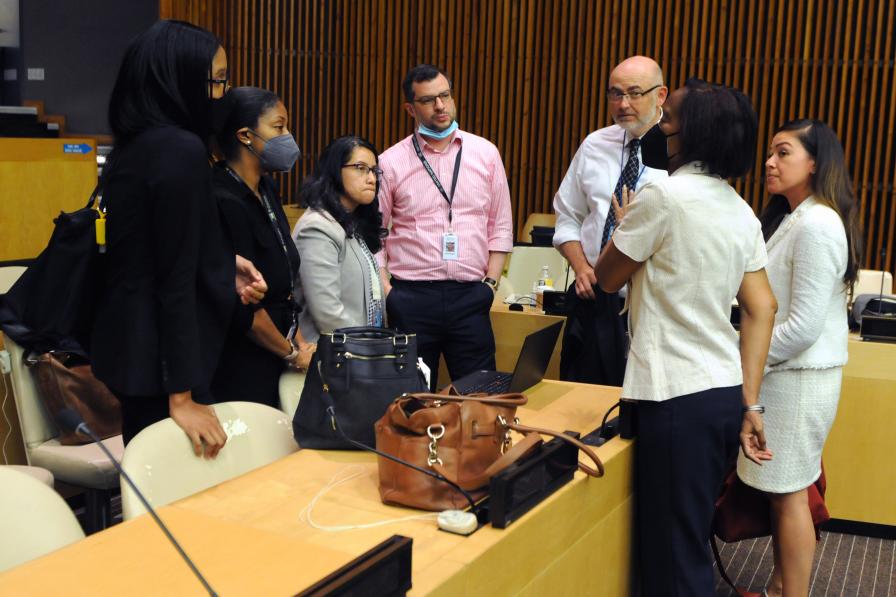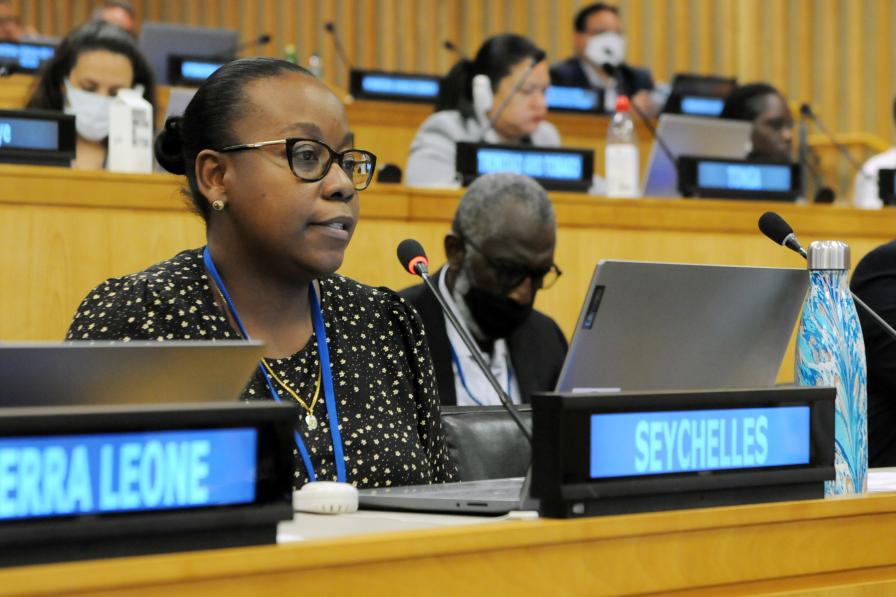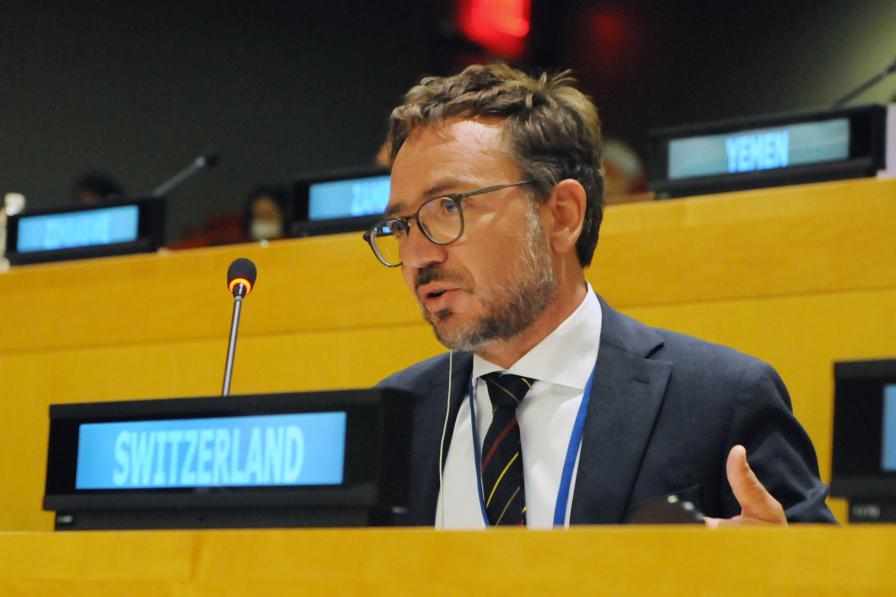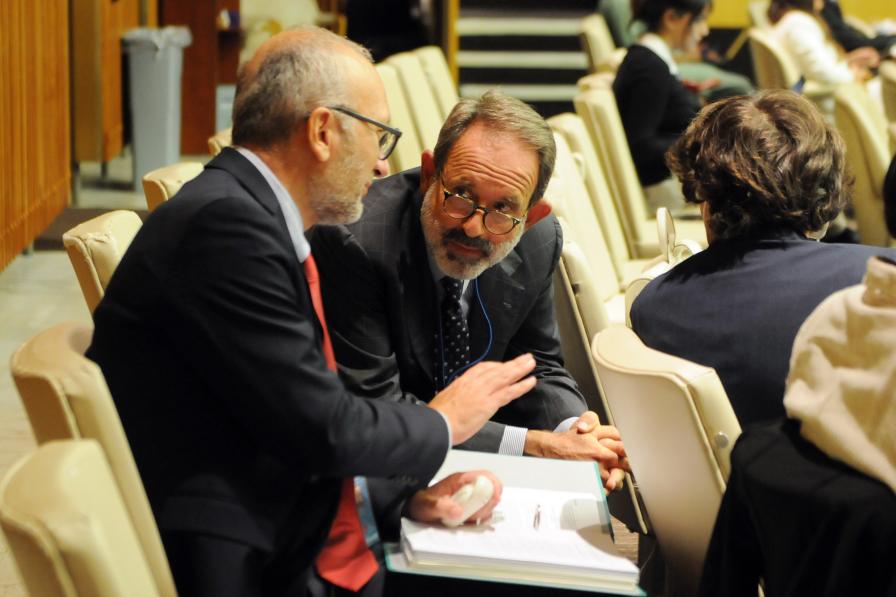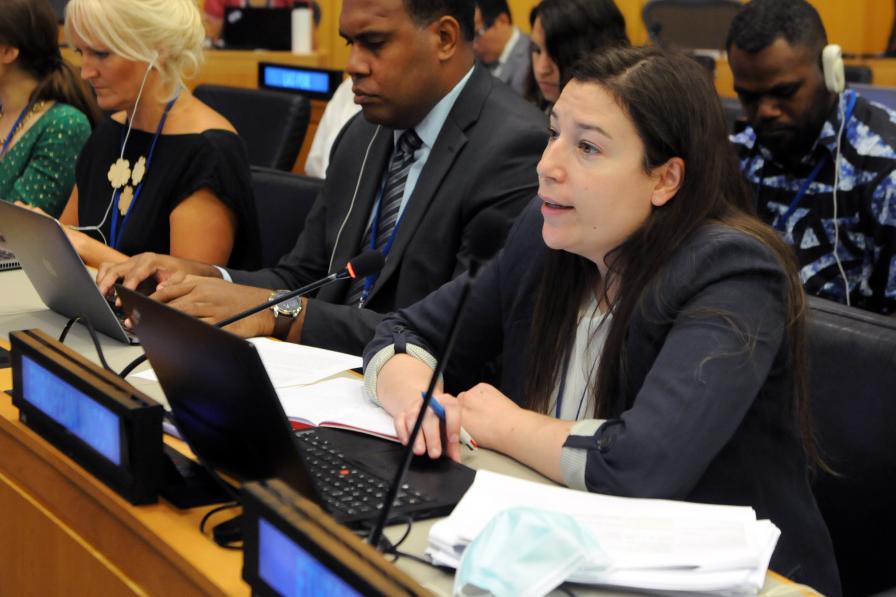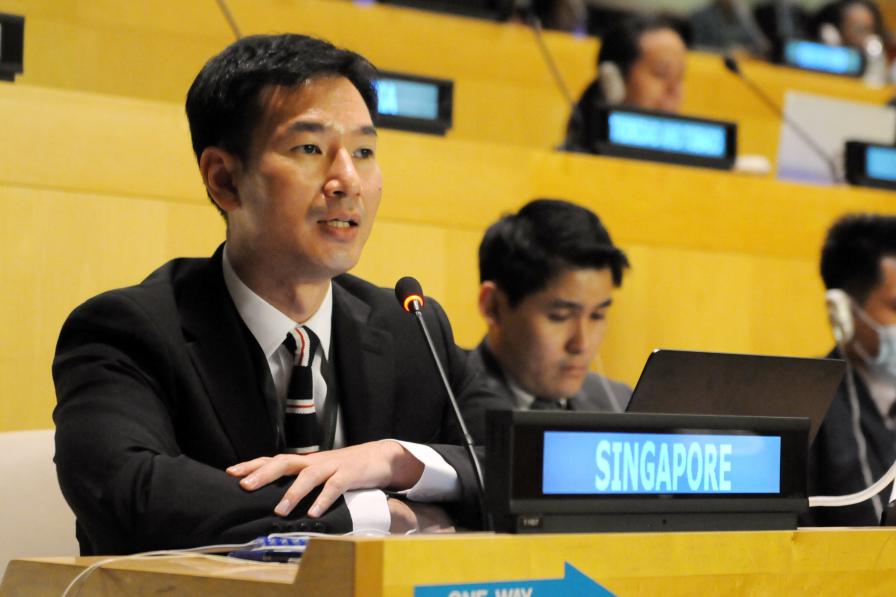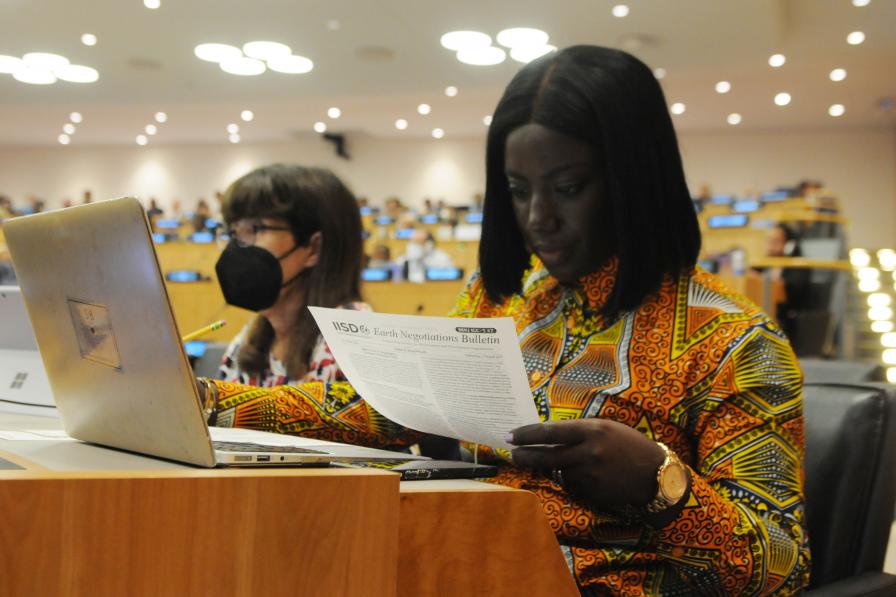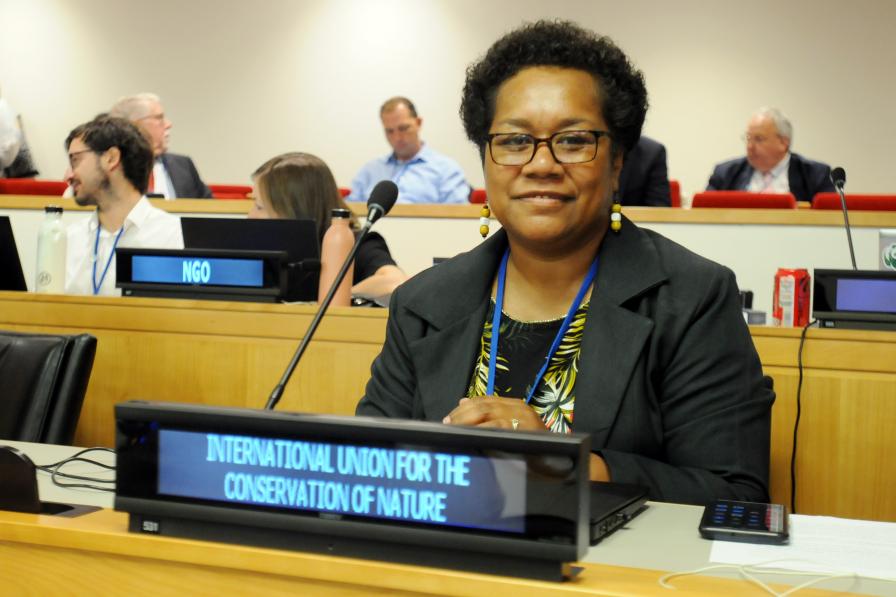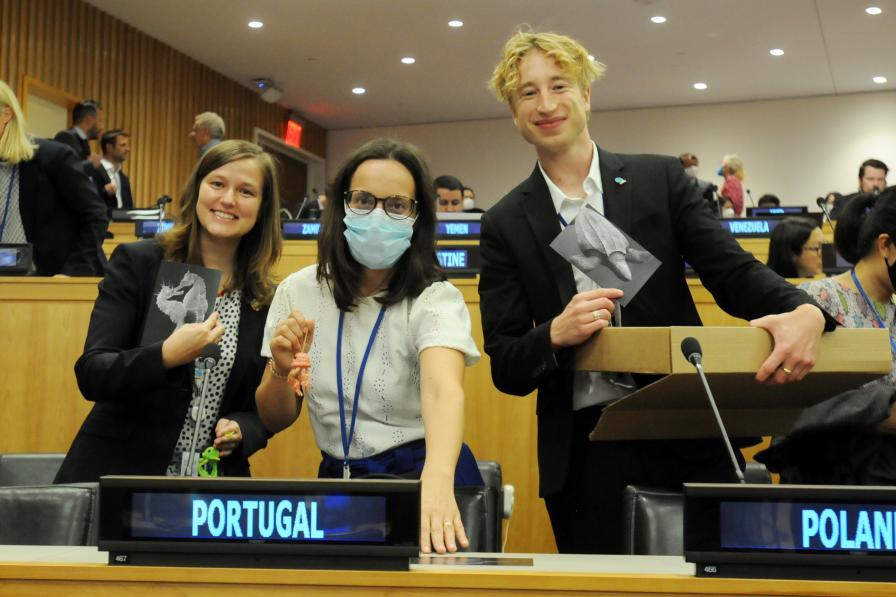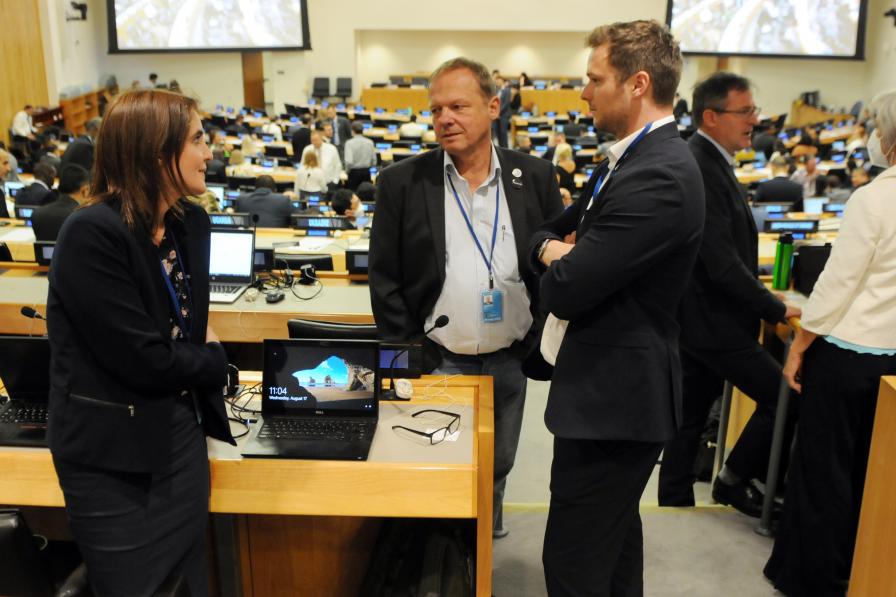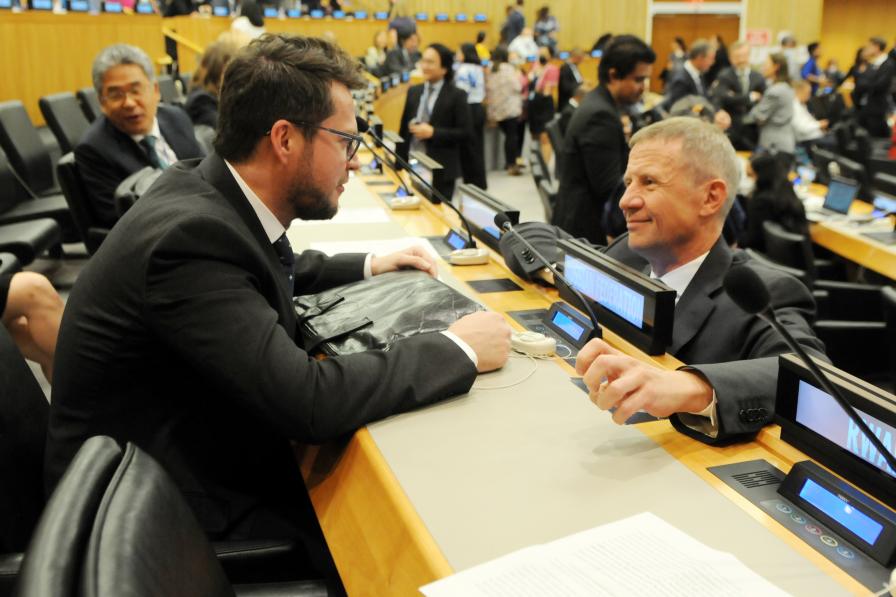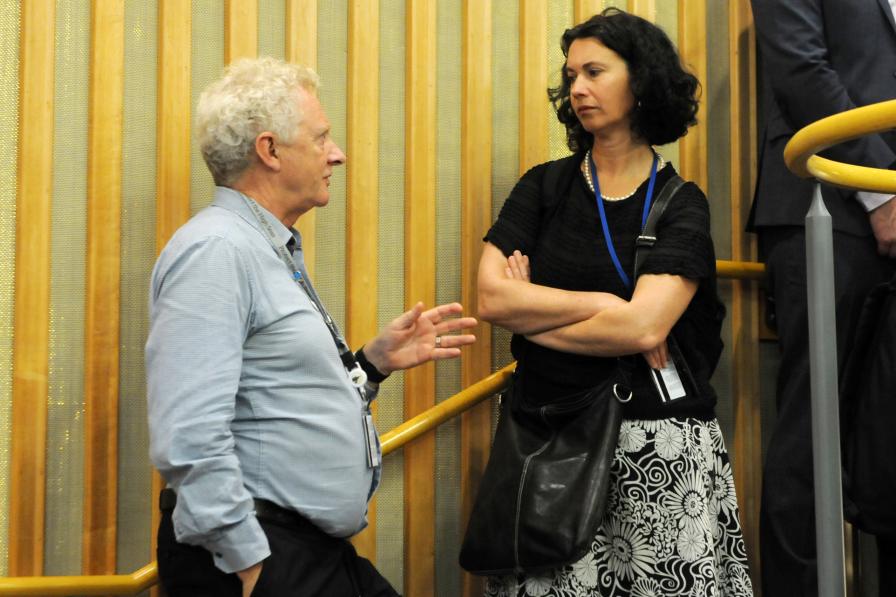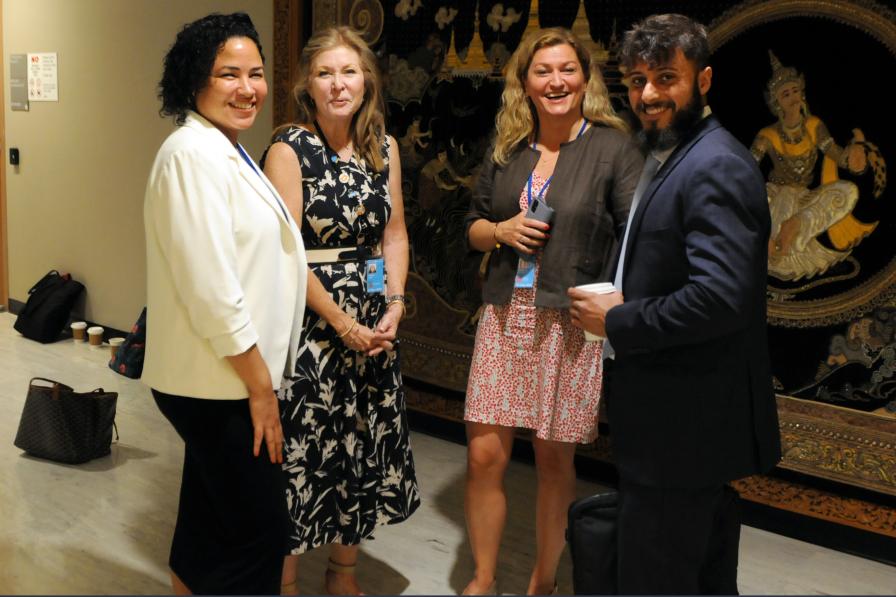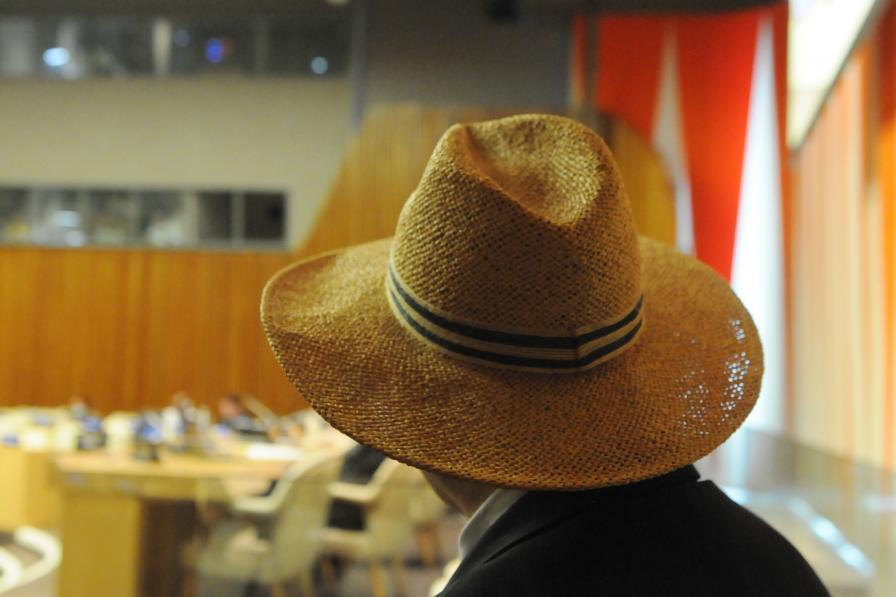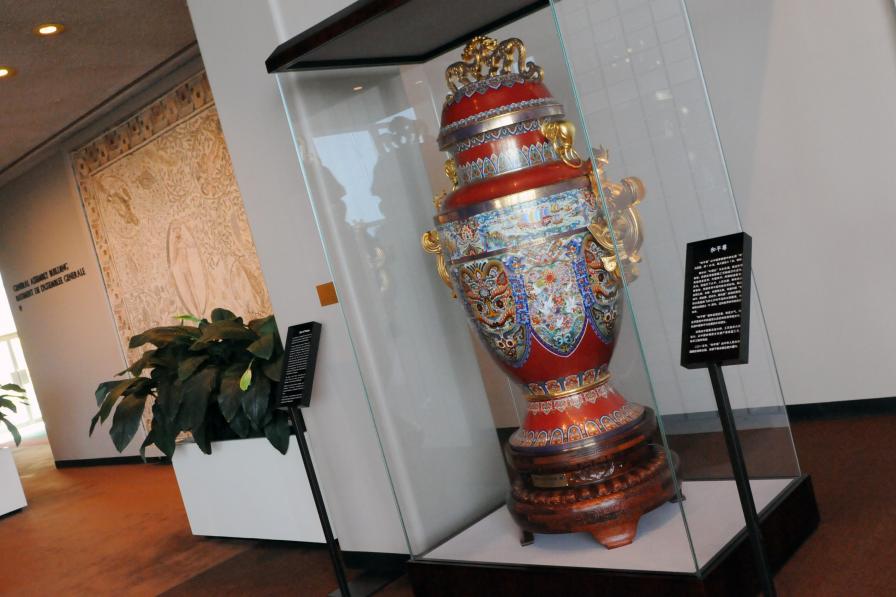In the first midweek plenary session of the meeting, intergovernmental conference (IGC) President Rena Lee urged delegates not to allow “perfection to be the enemy of the good” in their efforts at reaching consensus. In a morning plenary of the fifth session of the IGC on the conservation and sustainable use of marine biological diversity of areas beyond national jurisdiction (BBNJ) delegates heard progress reports from informal-informal discussions on:
- marine genetic resources (MGRs), including questions on the sharing of benefits;
- environmental impact assessments (EIAs);
- measures such as area-based management tools (ABMTs), including marine protected areas (MPAs);
- capacity building and transfer of marine technology (CB&TT); and
- cross-cutting issues, including general and final provisions.
They then met throughout the day and into the evening to go through as much of the revised draft text as possible.
Want to dive deeper? Read the full Earth Negotiations Bulletin daily report.
In their discussions on CB&TT, delegates debated various aspects related to the modalities of CB&TT, spending some time discussing the transfer of marine technology. A small group was established to try to untangle a raft of sticky issues related to the nature of these technologies and transfer modalities.
On ABMTs, delegates discussed process for proposing ABMTs, including MPAs. They also met in a small group over lunch to try and resolve the outstanding issue on the function of an MPA, discussing how to maintain the notions of both conservation and sustainable use without losing focus on conservation.
Delegations continued the article-by-article reading of the section on EIAs, addressing, among others, the complicated issue of thresholds for the conduct of an assessment, having concluded a first reading of the provision related to the relationship between the new agreement and EIA processes under other relevant legal instruments and frameworks and relevant global, regional, subregional, and sectoral bodies.
In parallel, they also discussed institutional arrangements for the implementation and operationalization of the new agreement. They spent some time in a Q&A session, gaining clarity from the Division of Ocean Affairs and the Law of the Sea (DOALOS) on the pragmatic and budgetary aspects of DOALOS taking on the secretariat functions for the new agreement. A few states were hesitant to commit, explaining that, depending on the consensus reached, all these functions could be carried out by other relevant existing bodies.
On Wednesday, delegates kept the candle burning late into the evening, working to complete first readings of entire parts of the text, including on institutional arrangements and general provisions. As negotiations intensified, a plethora of small groups met throughout the day to try and reach consensus, even where delegations’ positions seemed worlds apart.
All ENB photos are free to use with attribution. For photos from BBNJ, please use the following attribution: Photo by IISD/ENB | Diego Noguera.
To receive free coverage of global environmental events delivered to your inbox, subscribe to the ENB Update newsletter.


